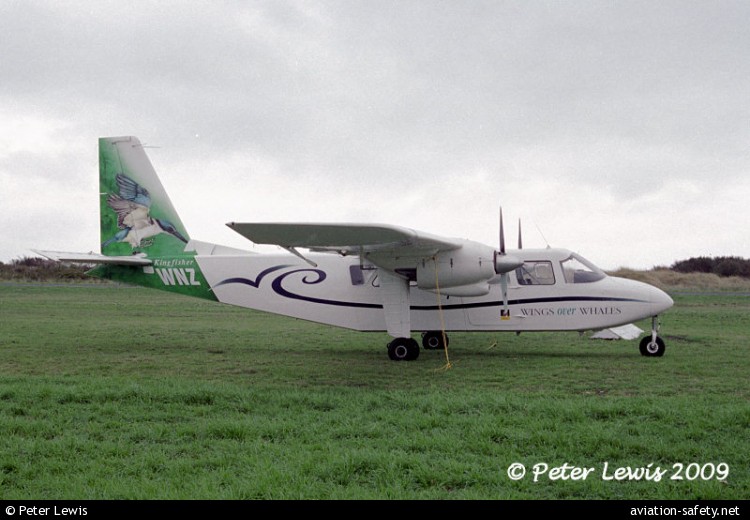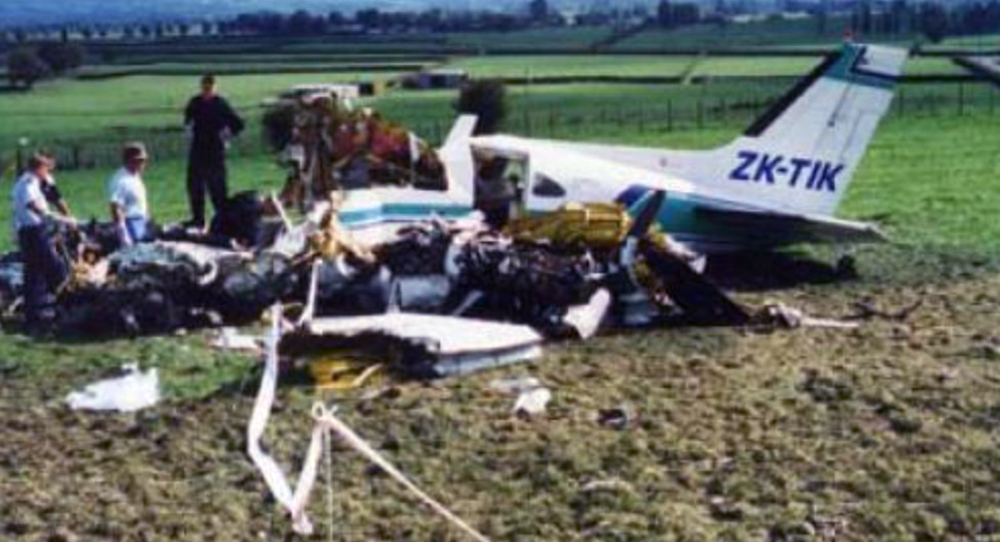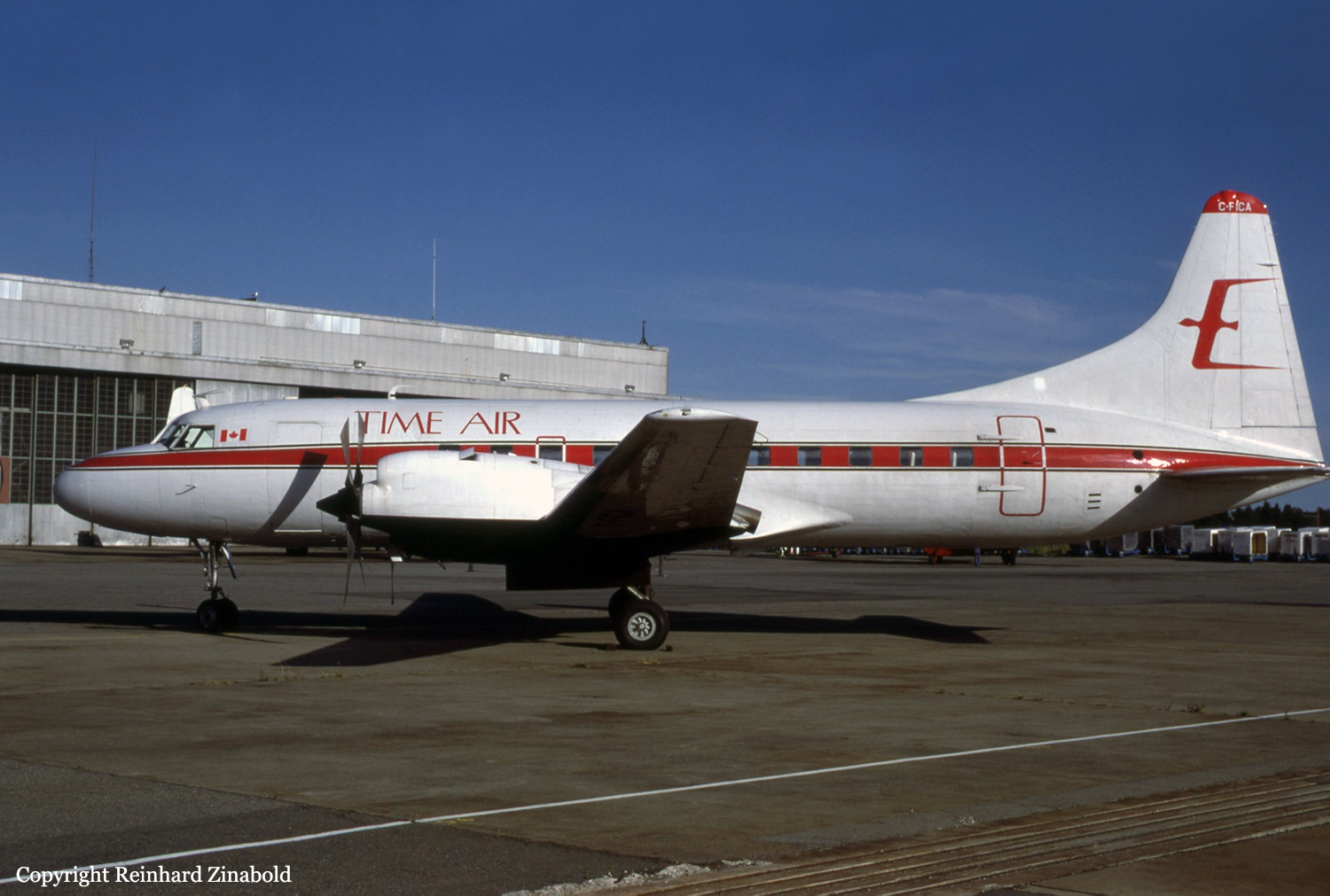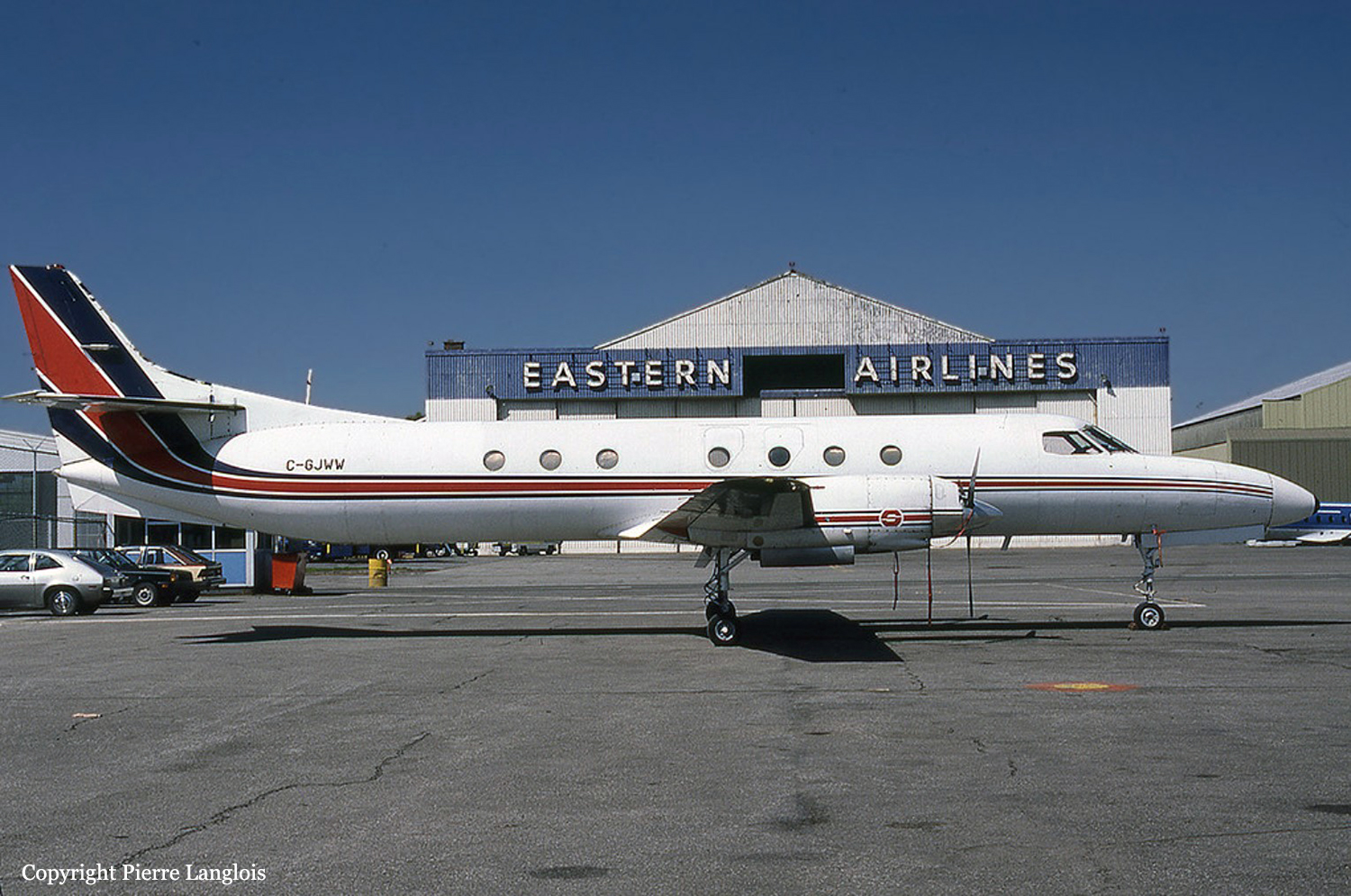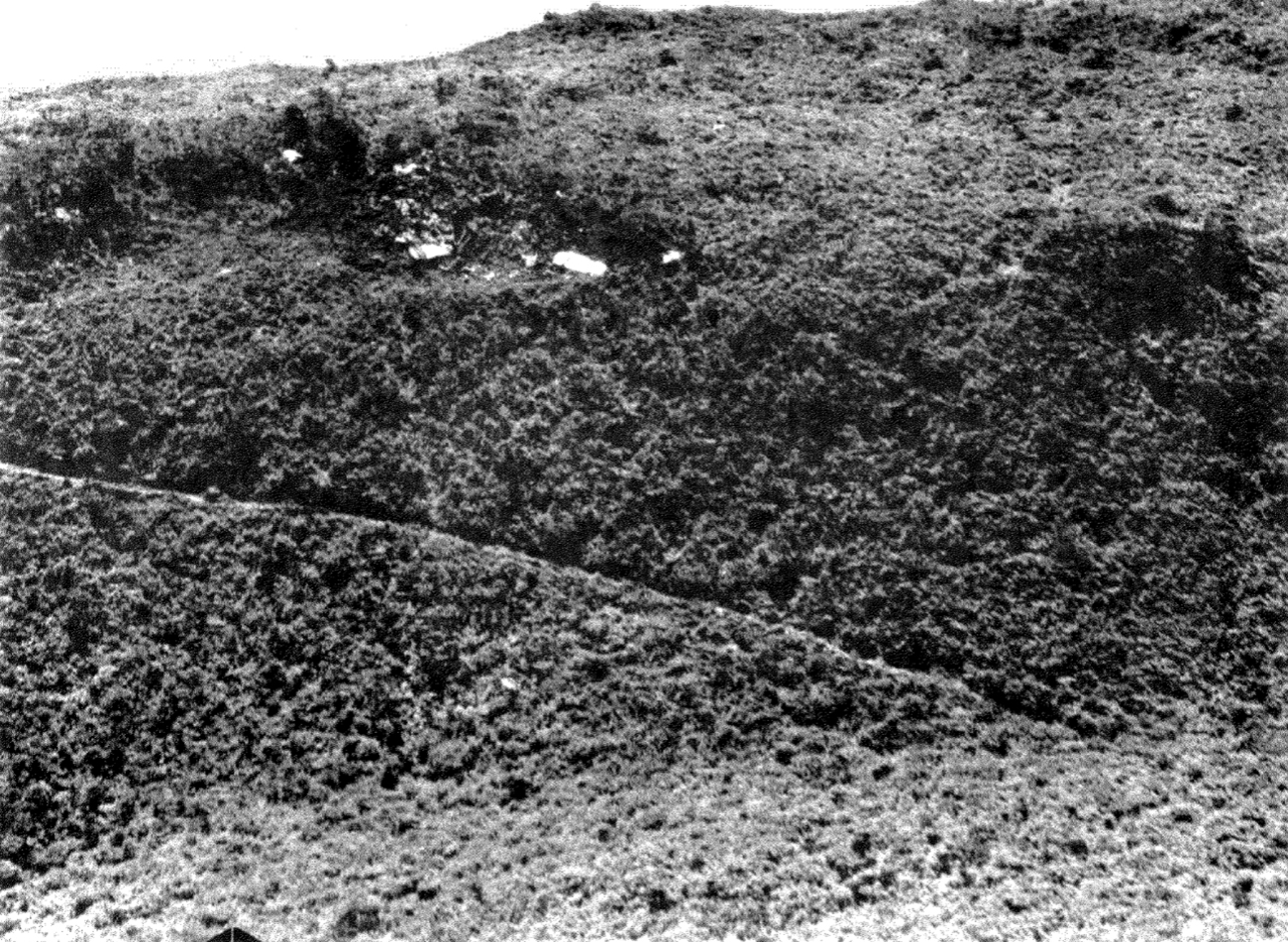Crash of a Britten-Norman BN-2A-27 Islander off Tauranga
Date & Time:
Dec 28, 2006 at 1000 LT
Registration:
ZK-WNZ
Survivors:
Yes
Schedule:
Tauranga - Hamilton
MSN:
278
YOM:
1971
Crew on board:
1
Crew fatalities:
Pax on board:
0
Pax fatalities:
Other fatalities:
Total fatalities:
0
Circumstances:
The pilot was ferrying the aircraft from Tauranga to a Hamilton maintenance facility when one of the engines failed. The pilot elected to turn back to Tauranga but, shortly after, the remaining engine failed. The pilot carried out a forced landing into a tidal estuary. The aircraft incurred substantial damage to the nose landing gear. Subsequent CAA safety investigation determined that on an earlier flight, the aircraft's electrical system incurred a defect that rendered several electrical components unserviceable, including the two tip/main fuel tank selector valves. No engineering inspection or rectification ensued and the operator ferried the aircraft from Great Barrier Island unaware that the engines were being fed from the tip tanks only. The operator departed Tauranga for Hamilton under similar circumstances, reaching the vicinity of the Kaimai Ranges when the tip tanks became empty.
Probable cause:
Fuel exhaustion.
